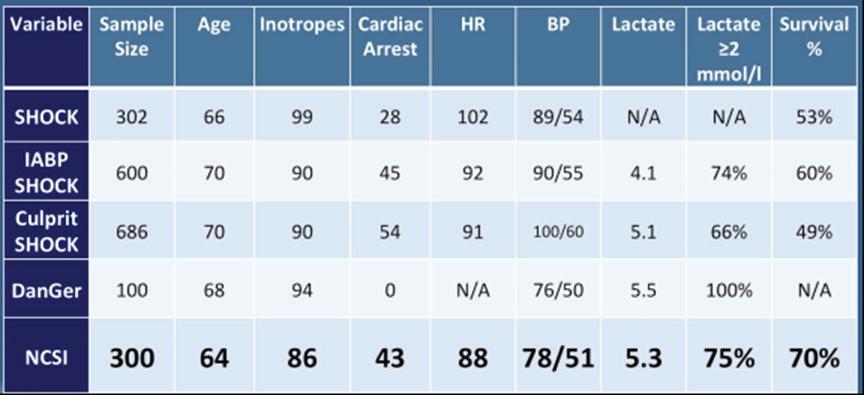A-CURE 5th Annual Symposium
Foreword
Citation: Interventional Cardiology Review 2021;16(Suppl 2):1–24. DOI: https://doi.org/10.15420/icr.2021.S2
Welcome to this special supplement devoted to the proceedings of the 5th Annual Acute Cardiac Unloading and REcovery (A-CURE) Working Group meeting on 14 December 2020. The A-CURE Working Group comprises leading academic experts in clinical and basic cardiac research who are dedicated to advancing the science and clinical application of acute cardiac unloading. This meeting brought together experts from multiple disciplines, including interventional cardiologists, heart failure specialists, cardiac surgeons, molecular biologists and biomedical engineers. The 2020 symposium featured talks and abstract presentations that highlighted cutting-edge advances in the field of acute cardiac unloading that have taken place since the 2019 A-CURE symposium in Paris, France. Due to coronavirus disease 2019 and the associated travel restrictions, this year’s symposium was held remotely, and all content can be accessed at https://a-cure.org. Cardiac disease states, such as MI, myocarditis, cardiomyopathy and cardiogenic shock, impair the ability of the heart to pump blood, resulting in end-organ failure and, ultimately, death. Pharmacological therapies administered to maintain or increase cardiac output and/or blood pressure in these cases impose further stress on the heart; therefore, additional treatment strategies are needed. The 2020 A-CURE symposium focused on the basic science and clinical applications of ventricular unloading using mechanical circulatory support technologies. Acute cardiac unloading decreases myocardial oxygen consumption and maximises the ability of the heart to rest and recover after damage. Mechanical unloading can be achieved using percutaneous ventricular assist devices, such as the Food and Drug Administrationapproved Impella family of devices, to decrease the physical workload of the heart. This supplement features presentations from the 2020 A-CURE virtual symposium covering a broad range of subjects related to cardiac unloading. Dr Dan Burkhoff’s state-of-the-field address highlighted left ventricular (LV) unloading as an enabler for other kinds of therapies. Herman Reichenspurner demonstrated the viability of Impella LV unloading as a bridge to decision treatment from extracorporeal membrane oxygenation (ECMO). Impella support enhanced survival, decreased bleeding complications and improved neurological recovery time in this multicentre feasibility study of LV assist device (LVAD) after ECMO. Dr Bob Kloner presented preclinical and clinical data demonstrating that therapeutic hypothermia after ischaemia onset (with a target temperature of <35°C prior to reperfusion) decreases infarct size and microvascular obstruction and improves vascular recovery. Dr Kiyo Ishikawa concluded Dr Kloner’s presentation with a research proposal to investigate LV unloading in combination with therapeutic hypothermia to limit reperfusion injury. Drs William O’Neill and Mark Anderson presented outcomes from clinical studies investigating the effect of Impella unloading prior to reperfusion in cardiogenic shock and cardiorenal patients. The National Cardiogenic Shock Initiative (NCSI) protocol for the treatment of acute MI complicated by cardiogenic shock includes early initiation of Impella support prior to reperfusion, and improves native heart recovery. Survival rates among shock patients treated with the NCSI protocol are the highest reported in any modern cardiogenic shock trial or registry conducted in the US or Europe. Data presented by Dr O’Neill demonstrated that use of the NCSI protocol improved patient outcomes through aggressive down-titration of inotropes, identification of inadequate LV support and appropriate escalation, identification and support of right ventricular dysfunction, and the systematic use of right heart catheterisation to guide therapy. A retrospective chart review by Dr Anderson indicated that Impella support safely improves cardiac and renal function and prevents progressive renal deterioration in acute heart failure patients with cardiorenal syndrome who are refractory to diuretics and inotropes. Additionally, Dr Elric Zweck introduced three distinct phenotypes of cardiogenic shock that may enable the conception of more targeted clinical trials instead of a one-size-fits-all solution. Dr Navin Kapur presented new data from a preclinical acute MI model showing that Impella unloading prior to reperfusion decreased infarct size and preserved mitochondrial structure and function in the myocardium, while venoarterial ECMO did not. Zach George presented a patient case from the currently enrolling STEMI-Door-to-Unload pivotal trial as an example of trial enrolment, MI resolution immediately after unloading, singleaccess technique and post-closure technique. Two panel discussions highlighted the collaborative approach necessary to improve clinical utilisation of cardiac unloading. The ongoing collaboration between Massachusetts Institute of Technology and Abiomed aims to elucidate the impact of Abiomed’s Impella transvalvular mechanical support pump on cardiac function, as well as the impact of end-organ function on the behaviour of Impella. Initiating the collaboration with a shared goal of improving patient outcomes has been fundamental to building a strong, productive relationship. A panel of paediatric cardiologists recommended a multidisciplinary approach to assessing cardiogenic shock to ensure selection of the least invasive and most effective surgical techniques and LV unloading method. Continued collaboration between physicians and industry partners will drive development of paediatric-specific mechanical unloading devices.
© RADCLIFFE CARDIOLOGY 2021 Access at: www.ICRjournal.com
4




